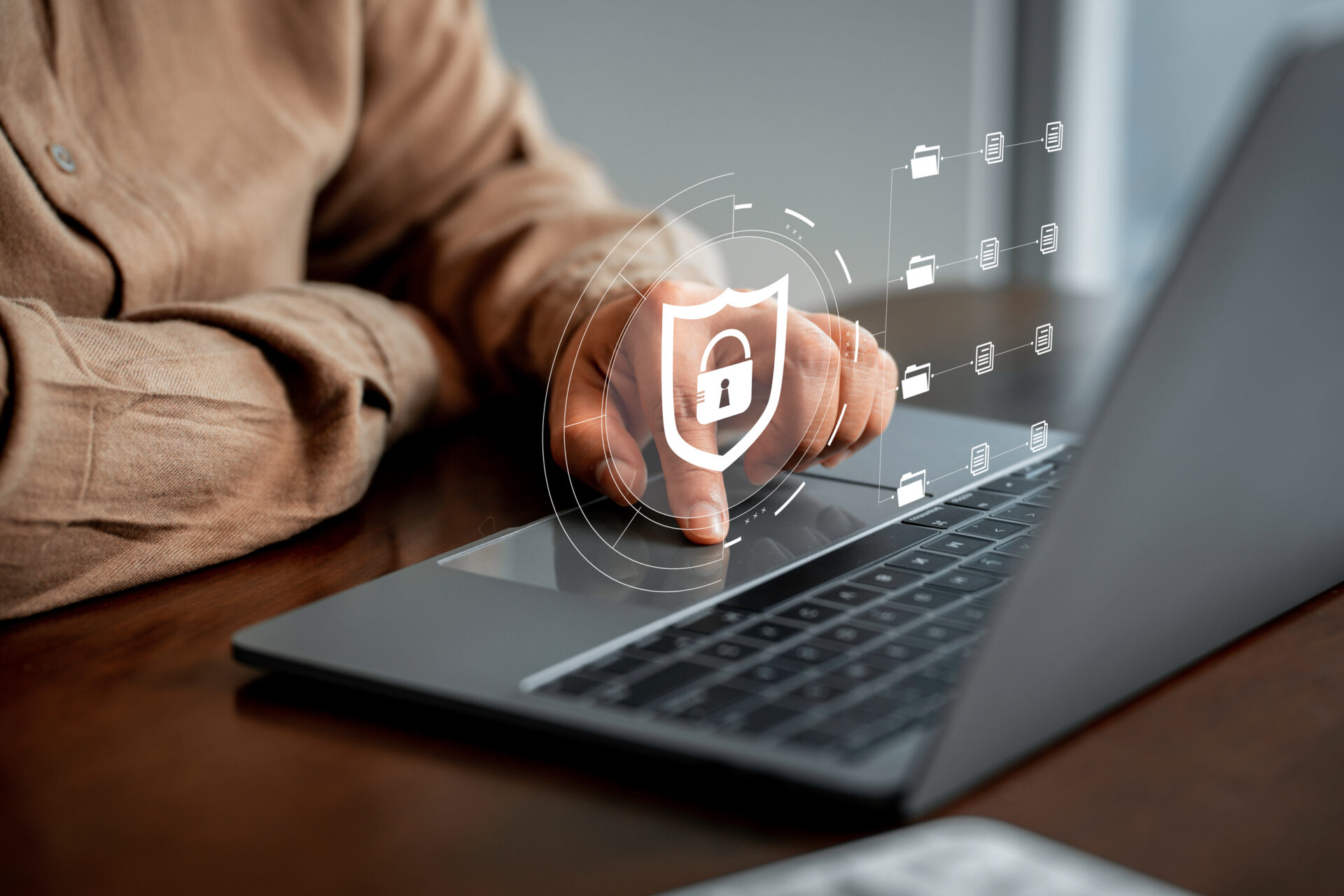Strengthening Your Security: The Role of Multi-Factor Authentication and SOC Services

Multi-Factor Authentication (MFA) is widely recognized as a more secure method of authentication than single-factor authentication and while it significantly reduces the risk of successful account compromises and data breaches, it is important to acknowledge that MFA is not invulnerable to potential vulnerabilities. In this blog post, we will explore the evolving nature of cyber threats targeting MFA and emphasize the need for a layered security approach.
The Effectiveness of MFA
MFA is a robust security measure that can block over 99.9% of account compromise attacks. By requiring users to verify their identity through multiple steps of verification, such as SMS messages or authenticator apps, MFA adds an extra layer of protection. It has proven to be highly effective in reducing the risk of unauthorized access to accounts and subsequent data breaches.
Emerging Threats to MFA
Despite its effectiveness, hackers are continuously evolving their techniques to bypass MFA. A surge of sophisticated phishing attacks has targeted users, enabling threat actors to gain access to MFA-protected accounts. Over the past year, there has been a significant increase of 47.2% in phishing attacks. Cybercriminals commonly exploit phishing attacks and weak passwords to breach networks and gain unauthorized access to accounts.
Tactics Employed by Cybercriminals
A standard tactic employed by cybercriminals involves tricking users into clicking on malicious links and entering their credentials. The hackers then take advantage of the user’s trust by immediately prompting them to authenticate through MFA push notifications or enter their 6-digit MFA code. Once the user completes this process, threat actors gain access to the account and can proceed to steal information, deploy ransomware, or engage in other malicious activities.
The Importance of User Vigilance
While technology plays a significant role in protecting users, it is crucial for individuals to adopt additional measures to safeguard themselves and their sensitive information. Implementing a layered approach to security and practicing good cybersecurity hygiene are essential to maintain strong protection against evolving threats.
The Role of SOC Services
To effectively detect and respond to sophisticated attacks, organizations need the ability to take immediate action 24/7. This is where Security Operations Center (SOC) services come into play. SOC services enhance security capabilities, mitigate the risk of data breaches, and enable effective responses to cyber threats. SOC services offer a proactive and comprehensive approach to cybersecurity, helping organizations efficiently detect and respond to threats, minimize the impact of security incidents, and ensure a robust defense against cyber threats. By combining technology, processes, and skilled analysts, SOC services provide a holistic approach to cybersecurity, protecting valuable assets and maintaining the confidentiality, integrity, and availability of systems and data.
Leveraging SOC Services
Integrating DAS SOC Services with existing security tools such as endpoint protection, firewalls, and Microsoft 365 audit logs enables organizations to effectively detect and respond to sophisticated attacks. By leveraging the expertise of SOC analysts and their ability to monitor and analyze security events, your healthcare organization can enhance your security posture and minimize the impact of cyber threats.
While Multi-Factor Authentication remains an essential security measure, it is important to stay vigilant against emerging threats. Adopting a layered security approach and implementing SOC services can significantly enhance your organization’s security capabilities, reduce the risk of data breaches, and effectively respond to cyber threats. By staying proactive and investing in comprehensive cybersecurity practices, your healthcare business can ensure the confidentiality, integrity, and availability of your systems and data in an ever-evolving threat landscape.
